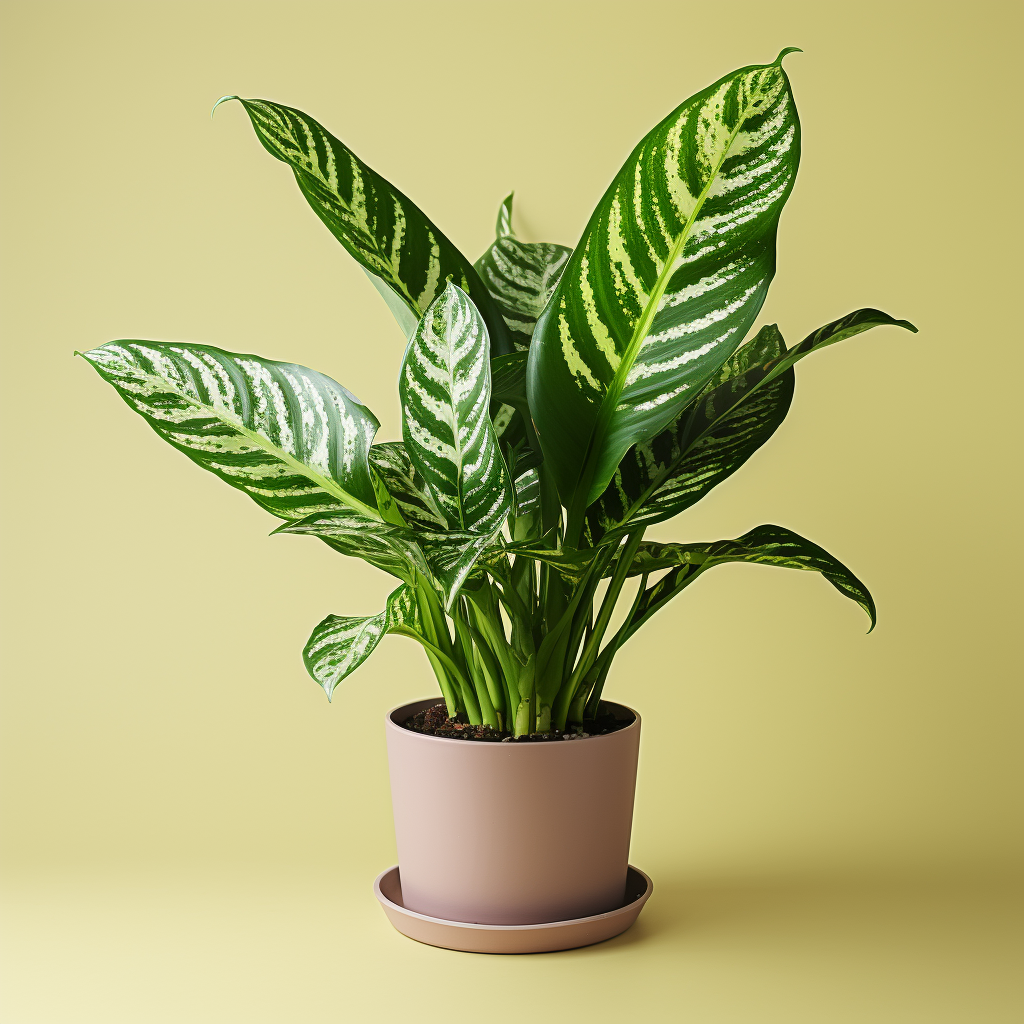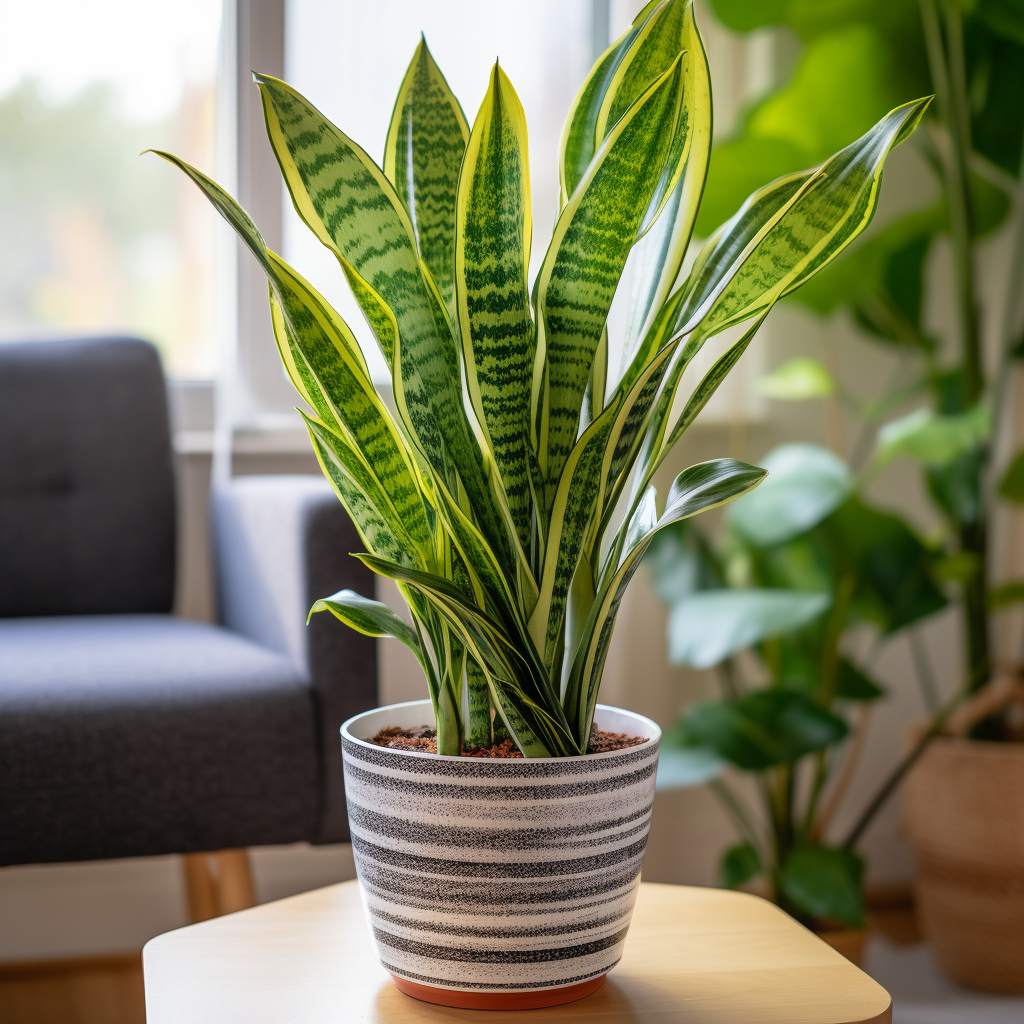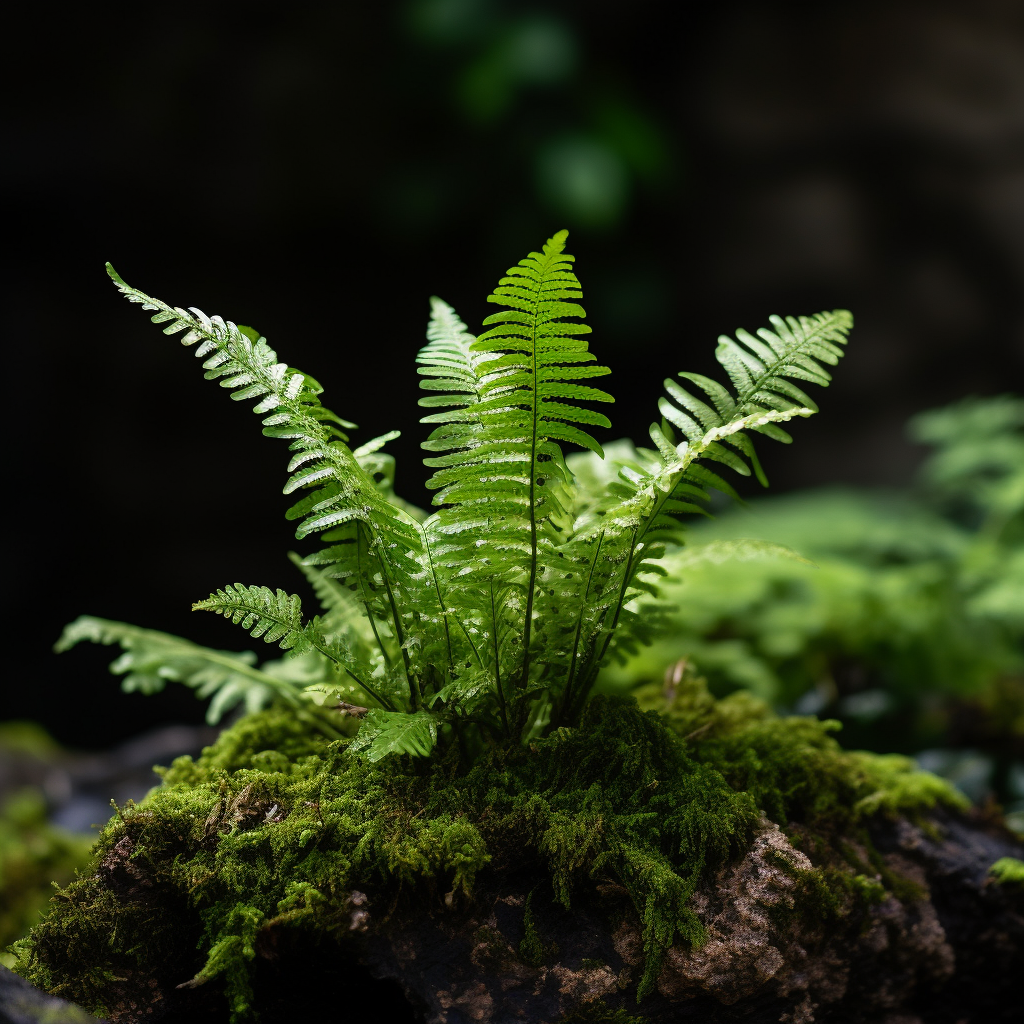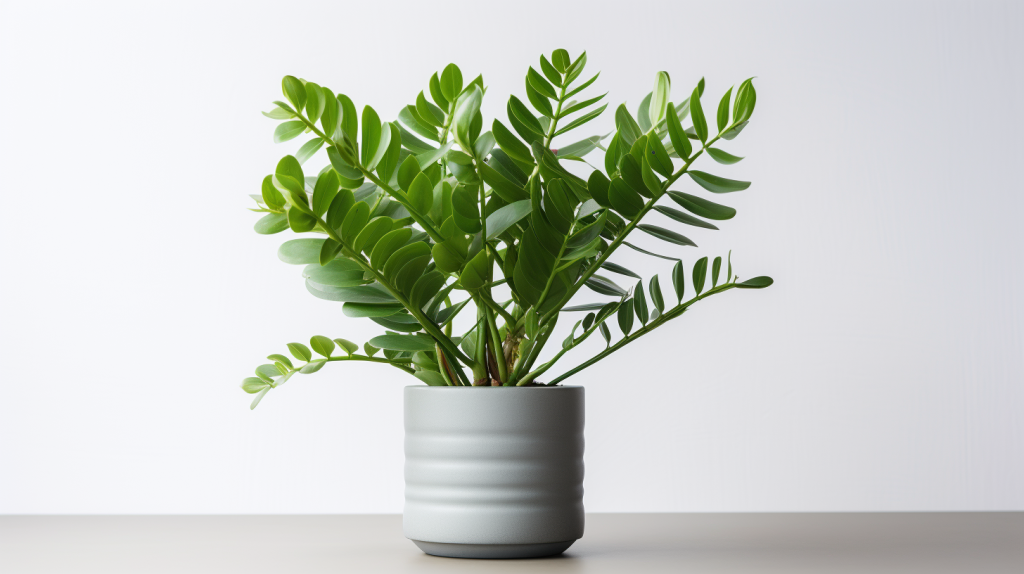Flamingo Flower Plant, scientifically known as Anthurium Scherzerianum, is one of the most eye-catching indoor plants you can choose for your home or office. But, what exactly is this vibrant beauty, and how should you care for it?
What is the Flamingo Flower Plant?
Anthurium Scherzerianum, commonly known as the Flamingo Flower plant, is a popular species of flowering plant from the Araceae family. Native to the rainforests of Central and South America, this exotic plant is known for its heart-shaped leaves and bright, waxy flowers, earning it the nickname ‘Flamingo Flower.’
Description of the Flamingo Flower Plant
Flamingo Flower plants are characterized by their large, glossy, heart-shaped leaves, typically green in color. They produce unique waxy flowers that can come in a variety of colors, such as red, pink, or white, with a long, tail-like spadix often curled like a pig’s tail.
What Does The Flamingo Flower Plant Look Like?
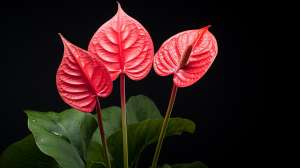
The plant itself usually grows up to 12-18 inches tall, with leaves extending out in an attractive rosette pattern. The distinctive flowers, called spathes, are shiny and heart-shaped, usually bright red, and they are set off by a spike of minute flowers called a spadix.
Flamingo Flower Plant Flowering
Flamingo Flower plants typically bloom throughout the year, with each flower lasting up to six weeks. The blooming period is usually more abundant from spring through fall. The bright, waxy spathes are actually modified leaves designed to attract pollinators in the wild.
Displaying Flamingo Flower Plant
Flamingo Flowers make an excellent addition to any indoor space due to their striking appearance and compact size. They’re perfect for displaying on a desk, coffee table, or as a centerpiece. The plant’s glossy foliage and vibrant flowers can really make a statement.
Is The Flamingo Flower Plant Poisonous?
Yes, it’s important to note that the Flamingo Flower plant is toxic if ingested. It contains calcium oxalate crystals, which can cause skin irritation and, if consumed, can lead to mouth and throat swelling. Therefore, it’s not recommended for households with pets or young children.
Flamingo Flower Plant Facts
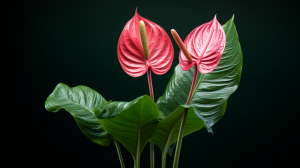
The Flamingo Flower plant is not only visually stunning but also has an intriguing history and biology.
| Fact | Details |
|---|---|
| Family | Araceae |
| Native to | Central and South America |
| Lifespan | Perennial |
| Flowering | All year, peaking in spring-fall |
| Height | 12-18 inches |
| Toxicity | Yes, to pets and humans if ingested |
Caring For Flamingo Flower Plant
This exotic beauty requires specific care to thrive.
| Care Aspect | Guidelines |
|---|---|
| Light | Bright, indirect sunlight |
| Water | Keep soil moist, but not waterlogged |
| Humidity | High; mist regularly |
| Soil | Well-draining, rich potting mix |
| Fertilizer | Use a balanced, diluted fertilizer every 2 weeks during growing season |
Common Problems
Common issues with Flamingo Flower plants include yellowing leaves due to overwatering, browning leaf tips due to low humidity, and leaf spots due to fungal or bacterial diseases. Regular inspection, proper watering, and maintaining appropriate humidity can help prevent these problems.
Frequently Asked Questions
- Is the Flamingo Flower plant easy to care for? Yes, with the right conditions, it’s a relatively easy plant to maintain.
- Can the Flamingo Flower plant purify the air? Yes, like many indoor plants, it can improve indoor air quality by absorbing toxins.
- How often does the Flamingo Flower plant flower? It typically blooms year-round, with a peak in spring and fall.
- Can I propagate my Flamingo Flower plant? Yes, it’s possible through stem cuttings.
- Why are the leaves on my Flamingo Flower plant turning yellow? This is often a sign of overwatering.
- Is the Flamingo Flower plant poisonous to cats? Yes, ingestion can lead to mouth and throat irritation in pets.
Conclusion
The Flamingo Flower plant (Anthurium Scherzerianum) is an alluring choice for those who appreciate exotic indoor plants. Its unique appearance coupled with its perennial flowering nature makes it a vibrant addition to any indoor setting. However, care should be taken around pets and children due to its toxicity.


